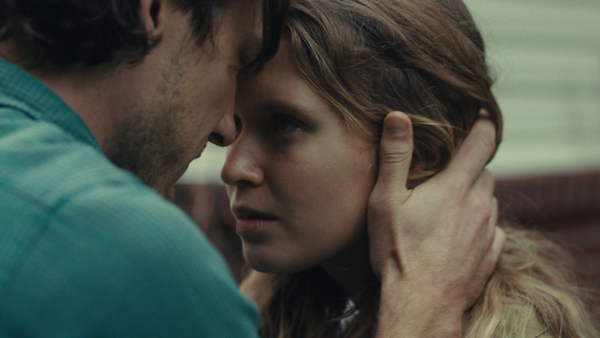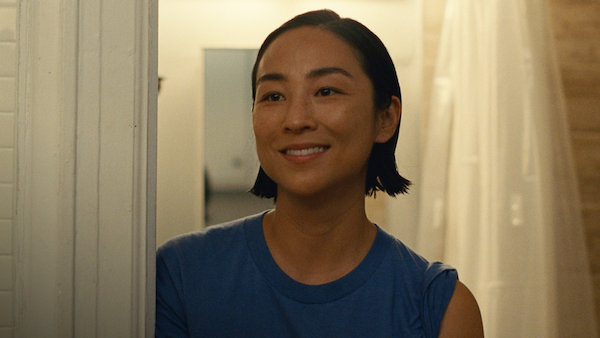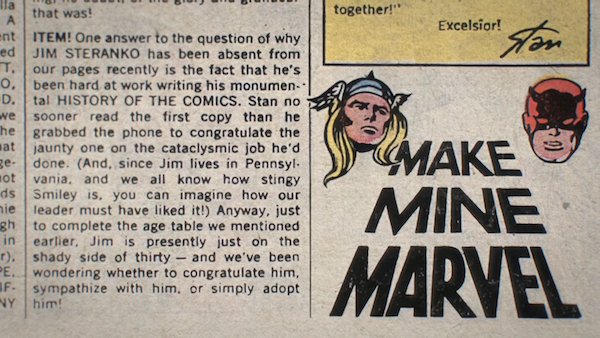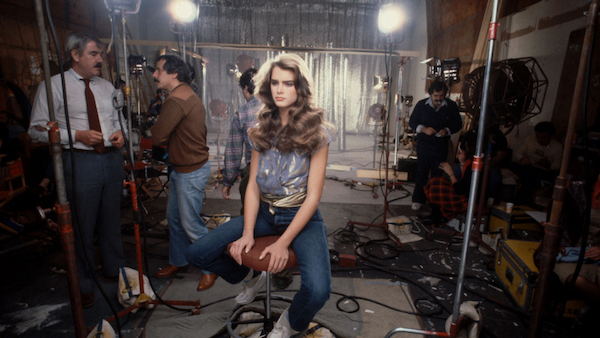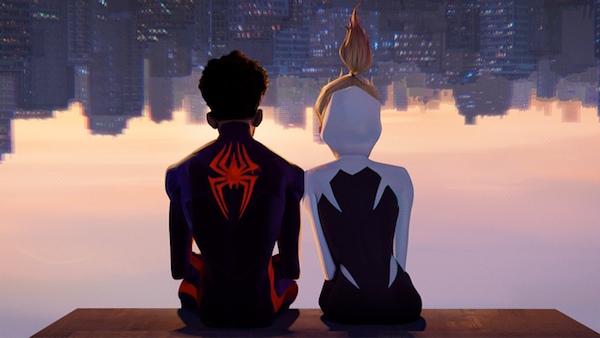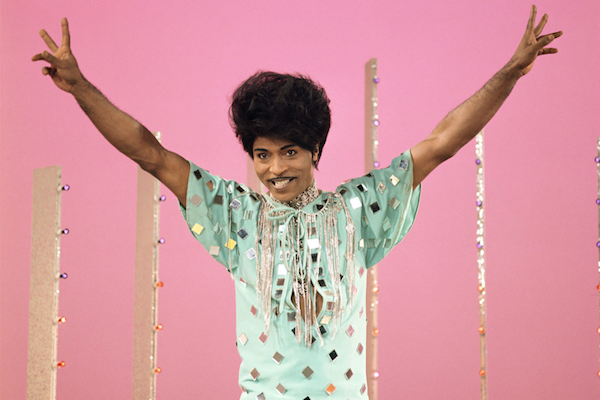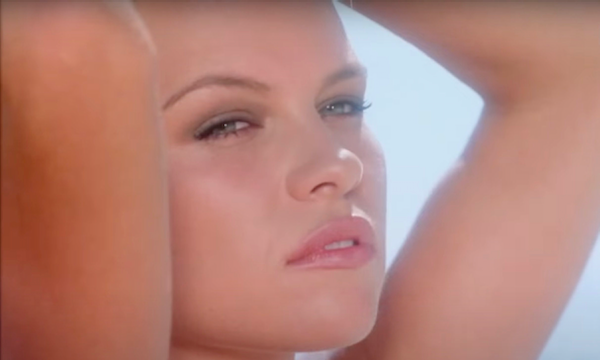Movie review by Greg Carlson
Laurel Parmet’s feature directorial debut “The Starling Girl” arrives on demand following a Sundance Film Festival premiere and a short theatrical window via Bleecker Street. Finding fresh ways to depict coming-of-age stories involving matters of socially taboo topics is a tall order, but Parmet handles the story of a 17-year-old girl and her predatory youth minister with a strong sense of emotional authenticity. Eliza Scanlen anchors the drama as Jem Starling, the eldest daughter in a close-knit family of Christian fundamentalists in rural Kentucky. Jem’s growth into adulthood is complicated by the intersection of her own intellectual curiosity and the expectations of her deeply religious family.
Many – if not most – of the individual conflicts cover familiar genre territory. Parmet shrewdly sticks to Jem’s point of view, a strategy that makes room for viewers to squirm at the predictable march toward wrongdoing without losing sympathy for the protagonist. As Owen Taylor, the charismatic heir to church leadership, Lewis Pullman seizes the opportunity to illustrate the privileges of his position within the patriarchal structure of the community to which he has just returned from missionary work in Puerto Rico. That separation from the otherwise overwhelming insularity of Jem’s tightly monitored and controlled world represents just the kind of “exotic” fuel to fire her imagination.
Parmet has spoken about the ways in which “The Starling Girl” was partially inspired by her own teenage experience with an older man. Later, while doing research for another project, the filmmaker spent time with some women from a patriarchal church, turning her shock at their submissive beliefs into a thoughtful and considered examination of the commonalities she shared with them. The resulting sympathy for characters more typically depicted in the movies as backwards and out of touch with reality enriches the viewing experience. Ultimately, Parmet makes clear that the gender-based control of Jem by her fellow parishioners corresponds to the way that society in general shames young women for autonomous self-expression – sexual and otherwise.
In addition to the terrific and convincing work by Scanlen and Pullman, the rest of the supporting cast members flesh out vivid characterizations no matter how small the role. Away from the ever-building erotic tension and temptations of the relationship Jem develops with Owen, Parmet presents robust subplots that sharply explicate Jem’s internal struggles. Parentally-arranged “courtship” pairs the reluctant Jem with Owen’s little brother Ben (Austin Abrams). The contrast between the siblings could not be more obvious, both for Jem and the viewer.
Deliberate or not, Parmet makes clear distinctions between Jem’s interactions with the men around her and the more caustic and judgmental women who almost seem to take pleasure in draining the joy from Jem’s life (she is humiliated for wearing a shirt that isn’t opaque enough to fully conceal her bra and the choreography she introduces to her fellow praise dancers is deemed too “prideful”). One of the filmmaker’s smart decisions is to fill out the history of Jem’s father Paul (Jimmi Simpson), whose depression and reliance on alcohol are exacerbated by the death of a friend with whom he played in a band years ago. Not surprisingly, it is the more realistic past of Paul and not the fantasy of Owen that provides Jem with a more grounded vision of a life outside the suffocating world she inhabits.
